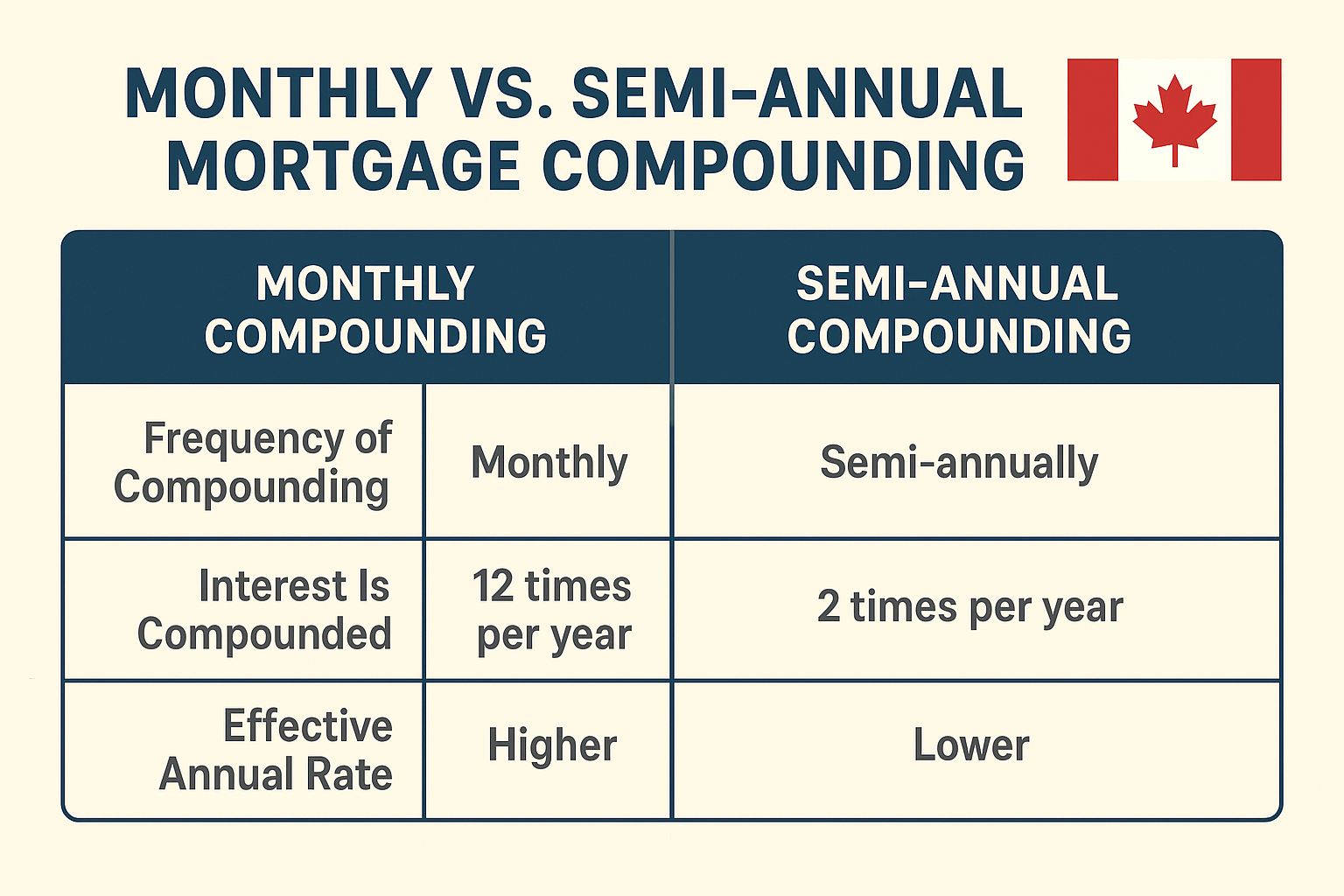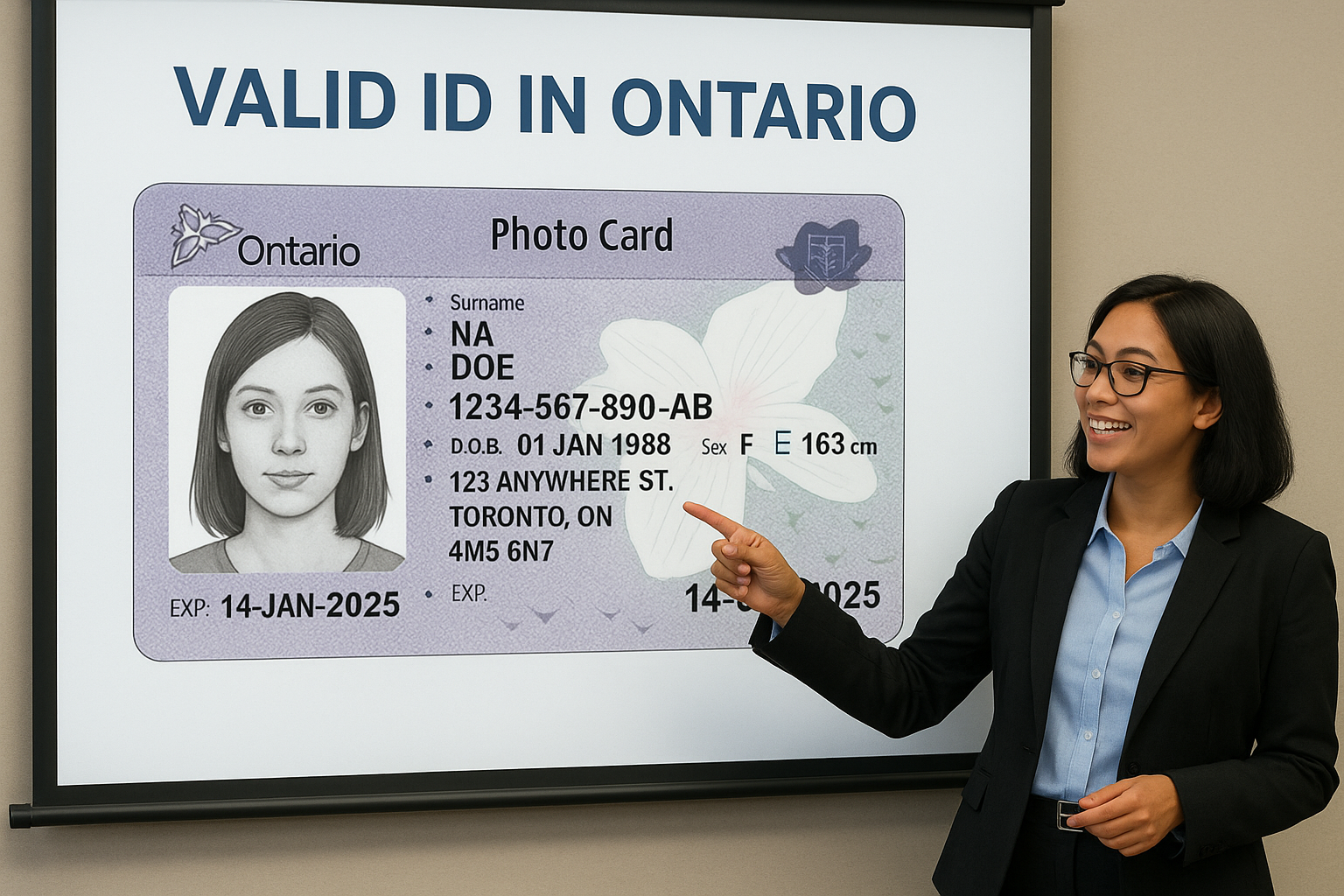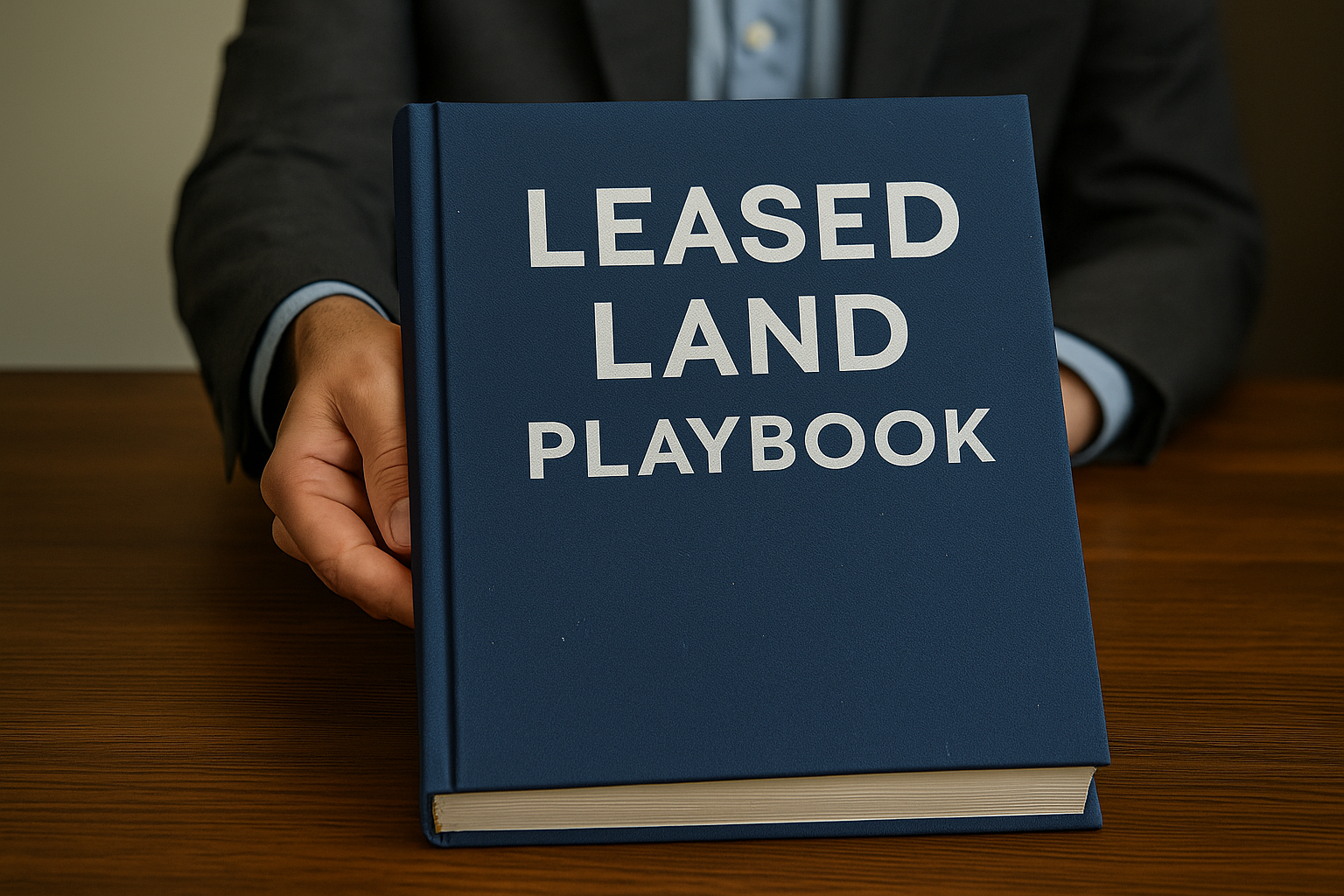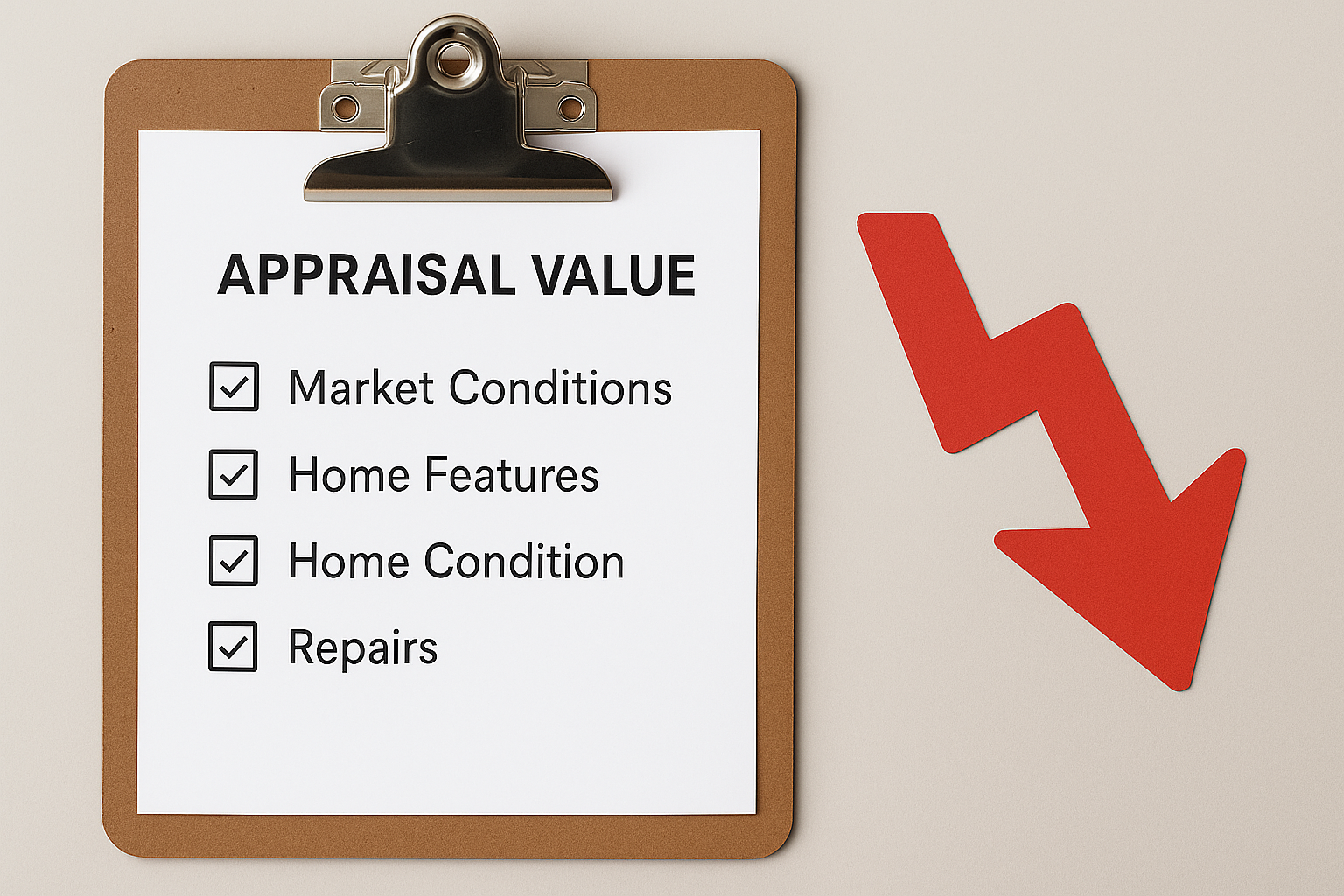How To Stop Power of Sale in Canada. If you’re facing a power of sale, then you need all the information you can get. You need to know the laws, and what steps you can take.
Stopping foreclosure in Canada is possible, but it’s important to know what options you have. There are great solutions available like private mortgage financing or a private 2nd mortgage, so don’t be afraid to look around.
Times can be tough, especially during the pandemic times of today. Sometimes all you need is a little extra help and you will find solutions you never knew existed.
A power of sale is a way for a lender to get you out of your house quickly, and you need to know how to fight back. It is possible to stop the power of sale in Canada and reclaim your home!
Table of Contents
TogglePower of Sale Definition
A power of sale is a clause that is written into your mortgage note. This clause authorizes the sale of your property in the event you stop paying your mortgage payments.
Power of Sale vs. Foreclosure
A power of sale means a lender can evict you from your home if you default on your mortgage. The lender cannot discount the property and has to sell it at a fair market value.
As the former homeowner, you have a right to profits from the sale after all repayment fees are deducted. Lenders prefer the power of sale process, as it often takes less than 6 months, with little court involvement.
With a foreclosure, the lender takes the title of your property. The key difference is that with a foreclosure, the mortgage lender may only take the title of the property. A foreclosure takes more time because the lender has to sue you and wait for the court to make a judgment.
But there are more differences between the two, like
- With a power of sale, the lender sells the property
- With a foreclosure, the lender takes the property
- With a power of sale, the homeowner gets the sale profits
- With a foreclosure, the homeowner gets nothing
- The power of sale process takes only 6 months
- A foreclosure can take an entire year
Now that you understand the differences, it’s time to see what goes into a power of sale.
What Is the Power of Sale Process?
Let’s get into the basics of the power of a sale in Canada. A power of sale is a process commonly used in Ontario after a homeowner stops repaying their mortgage.
In a power of sale, the lender applies for the right to evict all residents of the property. Once this is done, the lender may then sell the property to recover the money still owed.
If a home has equity you can refinance to bring everything current, but sometimes that is not an option.
A lender can start the power of sale process as little as 15 days after a missed payment. The steps involve are:
- The lender issues a notice of sale for your home
- You then have 30 days to get your mortgage current
- If you are unable to do this, the court will issue a judgment
- The lender gets a Writ of Possession and can evict you from the home
- The lender sells the property at a fair market value
All proceeds left over after the mortgage debt is paid will go to you. If the lender makes a discounted sale, you have the right to sue them for loss of equity.
The lender can also sue you if the profits do not cover the full mortgage balance, as well as costs and fees.
Stopping Power of Sale in Canada
Stopping power of sale and stopping foreclosure in Canada follow much of the same process. So what should you do if you’re facing the forced sale of your home?
The first thing to do is take an inventory of your budget to see where you are struggling the most. You need to determine if you purchased too much house, or just have too many debts like credit card bills.
You can stop a forced sale by catching up on your missed payments during the 30-day grace period. But even after this, your lender then has the right to demand your entire mortgage repayment in full.
So What Can You Do?
This leads to even more headaches, so your next step needs to include checking out your financing options. Here is what to consider:
Refinance with a second mortgage to pay your first mortgage. This can be a great option, but you need to make sure you can afford the additional payments!
Restructuring your mortgage with a different lender is another option. You can increase the period of your loan terms and decrease the payments. If your current bank is not willing to do this, then it’s time to shop around.
Use the equity in your home to pay off any unsecured debts like credit cards. You can take this proposal to your mortgage lender, which may well reduce your overall monthly payments enough to get you back in the green.
Power of Sale
Don’t let the power of sale leave you thinking you have no options left! LendToday can help you get back on your feet.
LendToday can navigate you through difficult financial decisions. We can offer a realistic and workable financial plan! Whether you’re behind on the mortgage, property taxes, bills, or have a low income, we have solutions for you.
Make sure to contact us today. We can help save your home!






